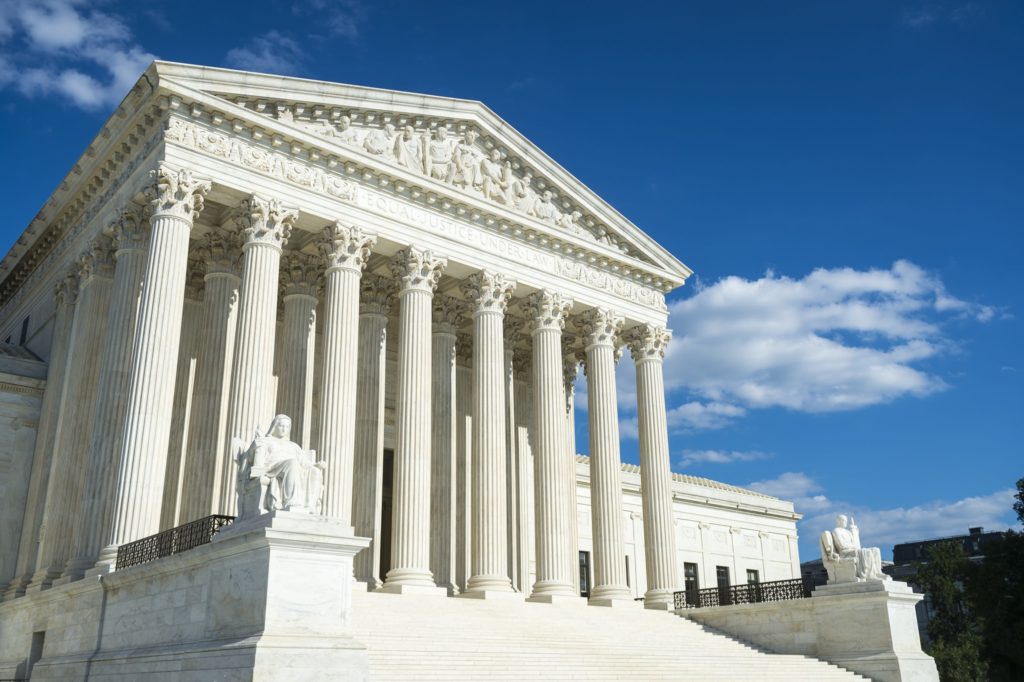California Lawmakers Move Toward Risk-Based Rates
The shortage in question concerns property insurance in California’s most wildfire-prone regions, commonly known as the wildland-urban interface (WUI). In the wake of paying out $24 billion in wildfire claims in 2017 and 2018, many property insurers opted to pull back their exposure to the region, nonrenewing policies and ceasing to write new policies.
Initially, the state took predictable steps to address the issue through command-and-control regulation. Invoking an authority created by lawmakers in 2018, Insurance Commissioner Ricardo Lara in December issued a one-year moratorium on nonrenewals for roughly 1 million policies in wildfire-prone regions.
Lara also took steps to make the state’s insurer-of-last resort a more attractive option for those unable to find coverage in the private market. He ordered the California FAIR (Fair Access to Insurance Requirements) Plan to begin offering additional coverages to mirror those found in an HO-3 private homeowners insurance policies. As of April 1, the plan also has doubled its coverage limit to $3 million from the prior $1.5 million.
Of course, the problem of insufficient supply of property insurance coverage to meet the market’s demand would be resolved if prices could adjust quickly and efficiently. But under California’s 32-year-old Proposition 103 regulatory system, that is not so simple. The rate-filing process is lengthy and contentious, calling not only for prior approval by regulators of all rates but also an “intervenor” process that allows third parties to object. The system also constrains insurers from using the latest catastrophe modeling projections and disallows consideration of elements like rising reinsurance costs entirely.
To be sure, many of California’s insurers are seeking rate increases, but for some, it is simply easier not to write new coverage at all.
A pair of bills soon to come before the Assembly Appropriations Committee could change that. A.B. 2167, which already has passed the Assembly Insurance Committee by a unanimous vote, would create an “insurance market action plan” (IMAP) program that would allow property insurers offering policies in areas of the state deemed to be high-risk to cut through some of the red tape. The bill, sponsored by Assembly Insurance Committee Chairman Tom Daly (D-Anaheim), creates a process for IMAP requests for adequate rates that the insurance commissioner would be bound to rule on within 120 days. Reinsurance costs explicitly could be included in such filings.
The companion bill, S.B. 292, is sponsored by Sen. Susan Rubio (D-Baldwin Park) and passed the full Senate in a 38-0 vote May 9. It establishes the formulas to determine which counties are eligible for IMAPs, requires IMAP filings to include property-level and community-level mitigation standards and processes to verify that mitigation has been implemented, and creates the Catastrophic Modeling Advisory Committee to review complex wildfire catastrophe models used by insurers.
Both bills still have an uphill climb to final passage. They are opposed by Consumer Watchdog, the group that sponsored the original Prop 103 initiative, and A.B. 2167 is opposed by Lara. Moreover, the text of Prop 103 provides that it can only be amended by legislation that “further(s) its purposes” and passes both chambers by a two-thirds majority.
But the fact that S.B. 292 has already cleared half of that process has to be considered an encouraging sign. There is no question that the 2017 and 2018 wildfires revealed that California always faced wildfire risk that simply was not reflected in its insurance rates. From 2012 through 2016, about 50 cents of every $1 in premium that insurers collected for California homeowners policies was paid out in claims. In 2017, by contrast, that metric was $2.01. In 2018, it was $1.76.
Naturally, this has had a panoply of effects, including making the WUI a less attractive place to live. According to California Association of Realtors, in 2019, about 27 percent of their members reported having clients who faced difficulty finding fire insurance and, among those, about 34 percent decided not to buy as a result.
It is understandable that these shifts pose difficulties for those who must endure them. Lawmakers should be sensitive to find ways to aid those who need it. That can take the form of grants or loans to individual property owners to invest in fire mitigation, such as by creating a larger zone of defensible space around their property. It can mean building more fire stations. In the extreme, it could mean helping to relocate properties out of the zone of greatest danger.
But it should not mean just burying one’s head in the sand and pretending the risk does not exist. Property insurance rates are price signals that are blaring a warning. Climate change is here, and it will require us to adapt in myriad ways. We can start that process now and see that it is gradual, with as little pain as possible. Or we can wait until it is too late and suffer the pain all at once.







